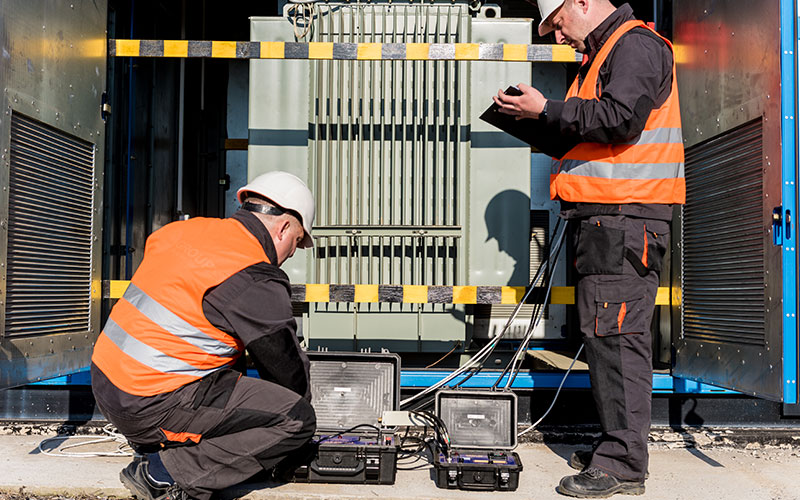Substation Transformers: Critical Infrastructure for Power Distribution

Substation transformers are vital components of the electrical grid, acting as nodes that facilitate the transfer and distribution of electricity from power generation plants to end-users. These transformers are installed in substations, which are strategically located to optimize the efficiency and reliability of electricity distribution across cities and regions. This article will explore two key aspects of substation transformers: their role in the power distribution network and the considerations for their installation and maintenance.
To get a quote, please click here.
Role in Power Distribution
Substation transformers play a pivotal role in managing the flow of electricity by stepping down the high voltages generated by power plants to lower levels suitable for commercial and residential use. Typically, electricity generated at power plants is at very high voltages, which allows it to travel long distances over transmission lines with minimal energy loss. Once this high-voltage electricity reaches a substation, the transformer reduces the voltage to a safer, more usable level before it is distributed through local power lines. This step-down process is crucial for ensuring that the electricity supplied to homes, businesses, and industries is both safe and functional, meeting the specific needs of various types of consumers.
Installation and Maintenance Considerations
The installation and maintenance of substation transformers are complex processes that require careful planning and execution. Given the high voltages and large power capacities involved, selecting the appropriate location for a substation transformer is critical. This involves considering factors such as proximity to load centers, accessibility for maintenance, and compliance with regulatory requirements. Maintenance of these transformers is equally crucial and includes routine inspections, testing, and servicing to ensure operational reliability and extend their lifespan. Tasks such as monitoring oil levels, checking for insulation degradation, and replacing components prone to wear and tear are regular maintenance activities. Furthermore, advanced diagnostics like thermal imaging and dissolved gas analysis are used to detect potential problems before they lead to failures, ensuring the continuous, efficient, and safe operation of the power distribution network.

